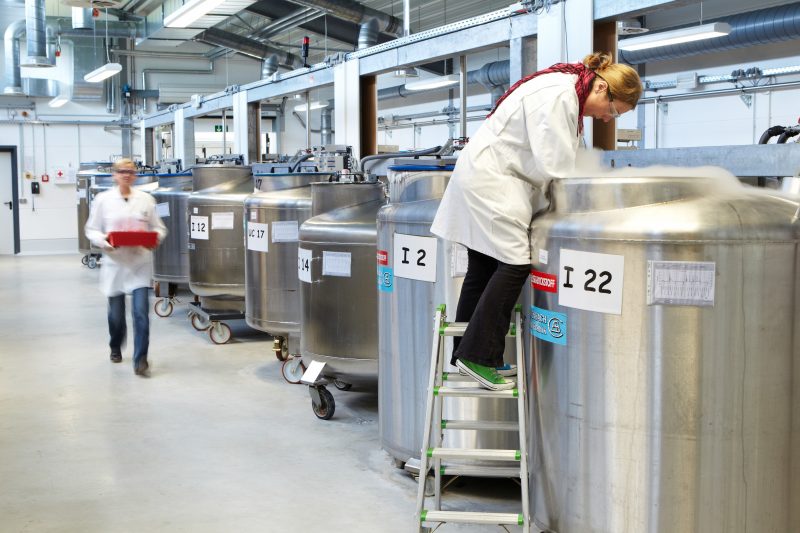The German Environmental Specimen Bank archives samples from various habitats throughout Germany. More than 500,000 biological snapshots are stored at -150°C. Since the 1980s, they have been used to monitor environmental changes. Led by the University of Duisburg-Essen, researchers are now developing new genetic methods that will allow them to analyse biodiversity trends with the samples in greater detail in the future – for example, about insect extinction and newly introduced species. Involved are also researchers from the LOEWE Centre for Translational Biodiversity Genomics (TBG) and the Senckenberg Biodiversity and Climate Research Centre (SBiK-F) in Frankfurt. The project “TrenDNA” is funded by the Federal Environment Agency. (Photo: Fraunhofer IME, Studio 95, Ulrich Kaifer)
